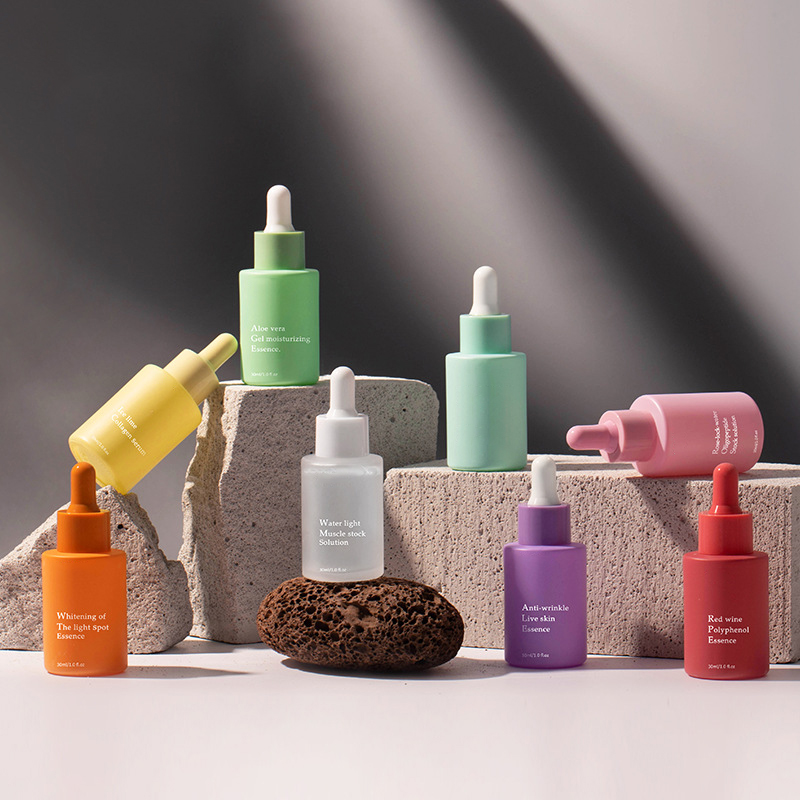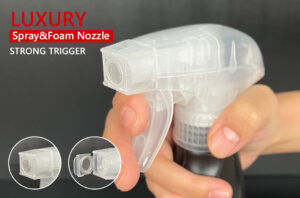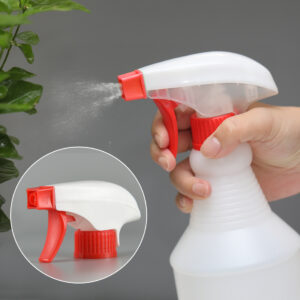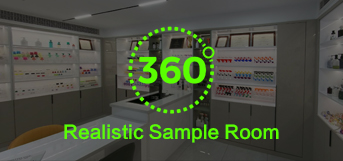Clear or tinted glass dropper bottles can both work well for skincare products. Some important factors to consider when deciding between them are:

Clear glass lets you to view the product within, which can make serums and oils appear more enticing and high-end. It does not, however, block light, which can destroy light-sensitive components.
Colored glass, such as amber, blue, or green, provides better UV protection. Amber is appropriate for formulations containing antioxidants, vitamins, and botanical extracts that degrade in the presence of light.
Darker colors, such as cobalt blue and darker green, offer the best UV protection. Lighter colors, such as light green and pink, provide style while filtering some light.
Opaque colors, such as black, block the most light yet prevent you from seeing the product within. This can be useful for products when viewing the liquid is not critical.
Clear bottles can stay beautiful while providing some light protection thanks to decorative glass treatments like as etching, painted/screened glass, and cut designs.

Ka kakaretso, amber and darker colored glass are ideal for light-sensitive compositions. Lighter colors, as well as clear glass paired with secondary packaging to shield from light exposure, perform well when the product appearance is more important. When choosing between clear and colored glass, test your formula to see if light deterioration is an issue.











